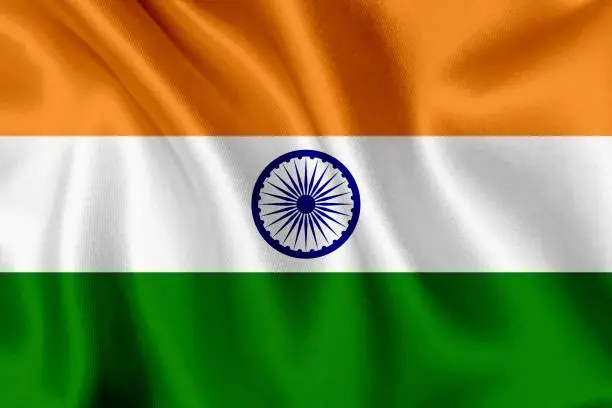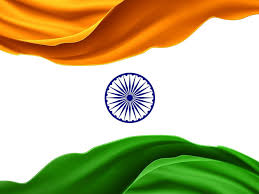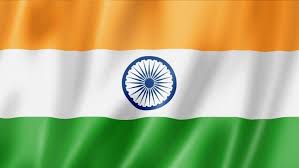
Tiranga Colour Trading App Login
Tiranga Game is a dynamic and engaging online gaming platform proudly developed in India. It offers users a rich and immersive experience with over eight exciting game categories to choose from. Whether you’re passionate about Cricket, Football, Tennis, Basketball, or other sports, this app provides the perfect arena to put your sports insights to the test.
Instead of letting your game knowledge go to waste, the Tiranga Game Login gives you the opportunity to participate, play, and compete for real rewards—with the chance to win prizes worth lakhs of rupees. It’s more than just a game—it’s a platform where skill meets opportunity.
A Timeless Symbol of Unity, Sacrifice, and Pride
The Tiranga, the national flag of India, is more than just a piece of cloth—it is a living emblem of the nation’s soul. It represents the unity in diversity that defines India, a land of countless languages, cultures, and traditions. The flag stands tall as a symbol of hope, freedom, equality, and resilience, inspiring millions of Indians to cherish their heritage and work toward a better future.
Every fold of the Tiranga tells a story—of sacrifice, of struggle, and of triumph. It unites over a billion people under one identity: Indian. Whether hoisted on Independence Day, fluttering during a sports victory, or wrapped around a martyr’s body, the Tiranga evokes deep emotion, patriotism, and pride.
Lorem ipsum dolor sit amet, consectetur adipiscing elit. Ut elit tellus, luctus nec ullamcorper mattis, pulvinar dapibus leo.
Historical Journey and Evolution of the Tiranga
The journey of India’s national flag is as powerful as the country’s own freedom struggle. The present-day design of the Tiranga was officially adopted on July 22, 1947, by the Constituent Assembly—just days before India’s independence on August 15, 1947. But the story of India’s flag started much earlier.
📜 Key Milestones in the Evolution:
1906 (Calcutta Flag):
The first unofficial Indian flag was hoisted on August 7, 1906, at Parsee Bagan Square, Kolkata. It had three horizontal stripes—green, yellow, and red—with symbols like the sun, crescent moon, and “Vande Mataram” written in Devanagari script.
1917 (Annie Besant & Lokmanya Tilak):
A different version with red and green stripes, seven stars representing the Saptarishi constellation, and the Union Jack in the corner was introduced during the Home Rule Movement.
1921 (Gandhi’s Idea):
Pingali Venkayya, an Indian freedom fighter, presented a flag design to Mahatma Gandhi. It initially had two colors (red and green), but later white was added for peace and the charkha (spinning wheel) as a symbol of self-reliance and Swadeshi movement.
1931 (Tricolor Adopted):
A resolution was passed to adopt a tricolor flag as India’s national flag with saffron (top), white (middle), and green (bottom), and the spinning wheel in the center. This became a forerunner of the present Tiranga.
1947 (Current Design Finalized):
On July 22, 1947, the current flag was adopted with the Ashoka Chakra (Navy blue wheel with 24 spokes) replacing the charkha, signifying dharma (righteousness), law, and progress.
🎨 Colors and Their Deep Meaning
The Tiranga consists of three horizontal stripes:
Saffron (Top):
Symbolizes courage and sacrifice—a tribute to those who laid down their lives for the nation.
White (Middle):
Denotes peace, truth, and purity, reflecting the path of truth and honesty that guides India.
Green (Bottom):
Represents growth, fertility, and prosperity, emphasizing India’s connection with its land and environment.
Ashoka Chakra (Center):
A navy blue wheel with 24 spokes, derived from the Lion Capital of Ashoka, symbolizes eternal motion, justice, and continuity of progress.




Copyright © 2025 tirangaforms.online Powered by tirangaforms
